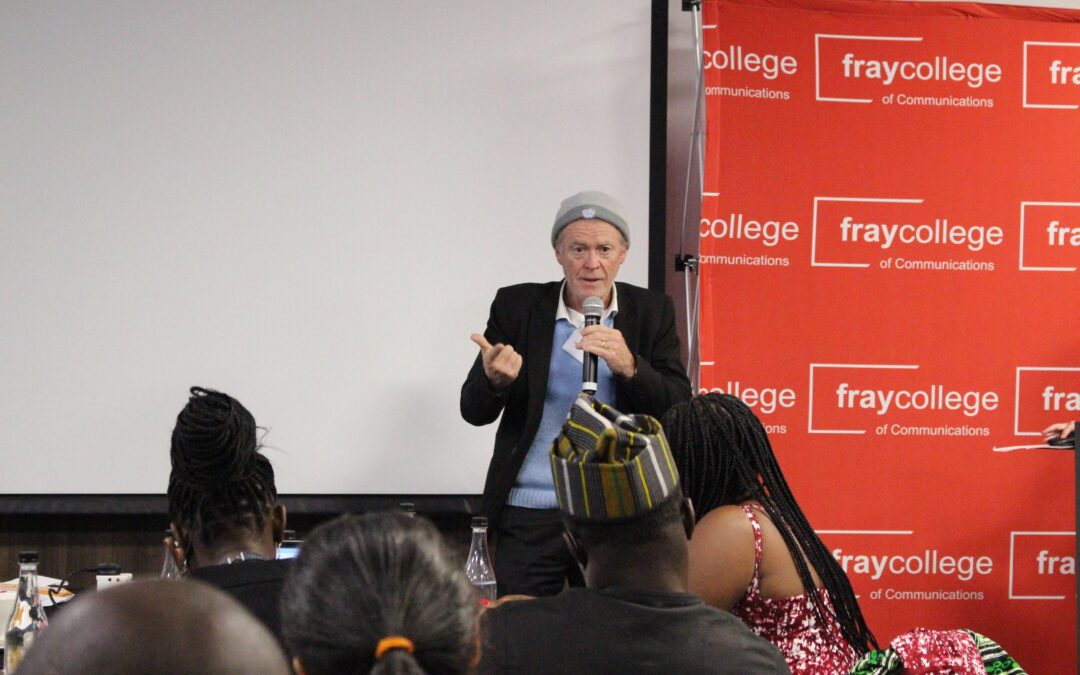
From traditional media to algorithms
Back then, major news outlets, TV, and radio broadcasts played the main role of informing the public before social media platforms, gossip columns, and tabloids gained influence.

Back then, major news outlets, TV, and radio broadcasts played the main role of informing the public before social media platforms, gossip columns, and tabloids gained influence.

The ever evolving technology has reshaped how we live, work and connect. Everything that we could do before can now be done by a simple click. “Technology has become an integral part of our lives. From the moment we wake up to the time we go to bed, we use technology in some way or another” said knbbs-sharer.

The art of storytelling remains an important tool for creativity, while also serving as a pathway for teaching and learning, especially in the digital era. Forbes notes that people are naturally drawn to stories because they evoke emotions, build empathy, and make information easier to relate to. When a brand tells a story, it forms a deeper connection with its audience, building trust, belonging, and loyalty.

South Africa’s newsrooms no longer look like they did under apartheid. By 2018, women made up 49% of staff across media houses, with big players such as Media24 (57%), Tiso Blackstar (54%), and the SABC (50%) reporting female-dominated workforces. The transformation by race has also been significant: black journalists now form the majority in most newsrooms.

At frayintermedia, some of our most powerful work happens quietly behind the scenes, driven by dedicated individuals whose commitment makes the entire machine run smoothly. One of those people is Linda Sowden, our go-to expert in administration and tender applications, who has been part of the frayintermedia family for nearly five years.

When health communicators get it wrong, the consequences can ripple across the entire continent and the world. According to Business Day, misinformation and disinformation are major public health challenges in Africa. This becomes dangerous during health emergencies, when people need clear, accurate, and trusted information the most. With the media landscape constantly changing, health communicators need to stay informed and up to date so they can share accurate information that protects lives and builds trust.